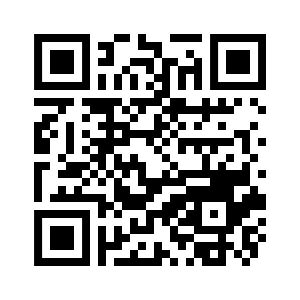Analisis Tingkat Technostress Tenaga Kerja Sektor Perbankan Di Kota Palembang Selama Pandemi Covid-19
DOI:
https://doi.org/10.33557/mbia.v21i3.1985Keywords:
Technostress, Techno-Overload, Techno-Invasio, Techno-Complexity, Techno-Insecurity and Techno-UncertaintyAbstract
The purpose of this study was to determine Technostress in the banking sector workforce in Palembang City. This research uses a quantitative descriptive study design, in which researchers describe the level of technostress among banking workers as a result of the use of information technology and digitalization during the pandemic. The level of technostress is identified through the variables Techno-Overload, Techno-Invasion, Techno-Complexity, Techno-Insecurity and Techno-Uncertainty. Based on the results of the research and analysis, it can be concluded that the levels of technostress experienced by banking sector workers in Palembang during the pandemic were in the medium and high categories. Based on the results of interviews, stress levels were in both the medium and high categories experienced by young people (24-29 years and 35-39 years). By identifying the level of technostress based on gender, it is known that both in the medium and high categories the level of stress as a result of using technology is experienced more by women both in the Techno-Overload, Techno-Invasion, Techno-Complexity, Techno-Insecurity and Techno-Uncertainty variables. Based on the status of the place of work, the highest distribution at the technostress level was experienced by respondents who worked in state-owned banks
Keywords: Technostress, Techno-Overload, Techno-Invasion, Techno-Complexity, Techno-Insecurity and Techno-Uncertainty
Abstrak
Tujuan dilakukan penelitian ini adalah untuk mengetahui Technostress pada tenaga kerja sektor perbankan di Kota Palembang. Penelitian ini menggunakan rancangan studi deskriptif kuantitatif, dimana peneliti melakukan deskripsi tingkat technostress di kalangan pekerja perbankan sebagai akibat penggunaan teknologi informasi dan digitalisasi selama pandemic berlangsung. Tingkat technostress diidentifikasi melalaui variable-variabel Techo-Overload, Techno-Invasion, Techno-Complexity, Techno-Insecurity dan Techno-Uncertainty. Berdasarkan hasil penelitian dan analisis, dapat disimpulkan bahwa ingkat technostress yang dialami para pekerja sektor perbankan di Kota Palembang selama pandemic berada pada kategori sedang dan tinggi. Berdasarkan hasil wawancara, tingkat stress berada pada baik pada kategori sedang dan tinggi dialami oleh usia muda (24-29 tahun dan 35-39 tahun). Melalui identifikasi tingkat technostress berdasarkan gender, diketahui bahwa baik pada kategori sedang dan tinggi tingkat stress sebagai akibat penggunaan teknologi lebih banyak dialami oleh perempuan baik pada variable Techno-Overload, Techno-Invasion, Techno-Complexity, Techno-Insecurity dan Techno-Uncertainty. Berdasarkan status tempat pekerjaan, distribusi tertinggi pada tingkat technostress dialami oleh responden yang bekerja pada perbankan milik pemerintah
Kata Kunci: Technostress, Techno-Overload, Techno-Invasion, Techno-Complexity, Techno-Insecurity and Techno-Uncertainty
Downloads
Published
Issue
Section
License
MBIA Universitas Bina Darma Jalan Jend. A. Yani 13 Ulu Palembang 
MBIA by http://journal.binadarma.ac.id/index.php/mbia is licensed under a Creative Commons Attribution-ShareAlike 4.0 International License.











